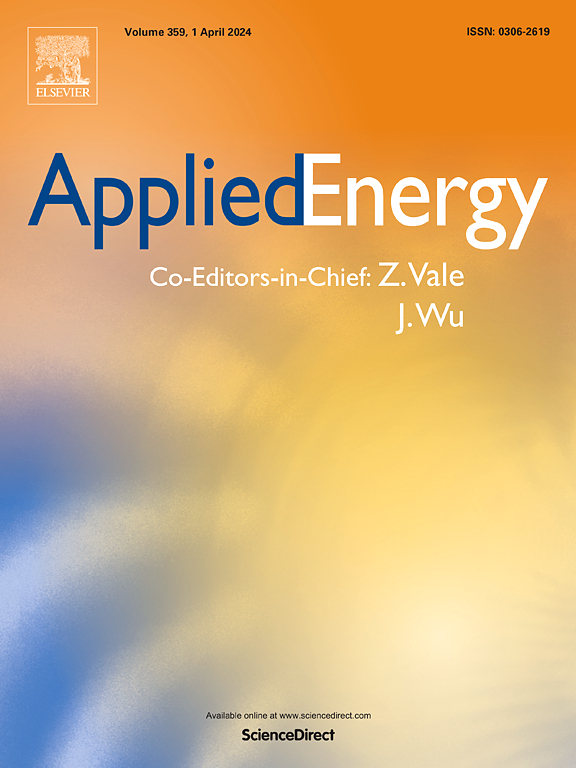Investigation of lithium-ion battery degradation by corrected differential voltage analysis based on reference electrode
IF 10.1
1区 工程技术
Q1 ENERGY & FUELS
引用次数: 0
Abstract
Differential voltage analysis (DVA) is a non-destructive method for analyzing the degradation mechanisms of lithium-ion batteries and is widely used. The capacity variations between the peaks on the differential voltage curves are considered to reflect different degradation mechanisms of the batteries. However, DVA of batteries is the coupling of cathodes and anodes, and is based on idealized assumptions that still require experimental validation and correction. Due to the challenges in fabricating long-term and reliable reference electrodes for commercial batteries, it is hard to decouple the cathode and anode over the battery entire lifespan. In this study, four types of three-electrode batteries are fabricated. The cycling aging experiments are conducted on the three-electrode batteries, decoupling the voltages of the cathode and anode over the entire battery lifespan. The DVA method is validated and corrected. The corrected DVA, combined with electrochemical impedance spectroscopy based on reference electrodes, is used to analyze and quantify the battery degradation mechanisms. The degradation mechanisms of 36.3 % loss of lithium inventory, 7.8 % loss of active material (LAM) for anode, and severe LAM for cathode are identified. Finally, the degradation mechanisms are validated by post-mortem analysis. This study provides valuable insights and guidance for the use of DVA and the future commercial three-electrode batteries in battery diagnosis and prognosis.
求助全文
约1分钟内获得全文
求助全文
来源期刊

Applied Energy
工程技术-工程:化工
CiteScore
21.20
自引率
10.70%
发文量
1830
审稿时长
41 days
期刊介绍:
Applied Energy serves as a platform for sharing innovations, research, development, and demonstrations in energy conversion, conservation, and sustainable energy systems. The journal covers topics such as optimal energy resource use, environmental pollutant mitigation, and energy process analysis. It welcomes original papers, review articles, technical notes, and letters to the editor. Authors are encouraged to submit manuscripts that bridge the gap between research, development, and implementation. The journal addresses a wide spectrum of topics, including fossil and renewable energy technologies, energy economics, and environmental impacts. Applied Energy also explores modeling and forecasting, conservation strategies, and the social and economic implications of energy policies, including climate change mitigation. It is complemented by the open-access journal Advances in Applied Energy.
 求助内容:
求助内容: 应助结果提醒方式:
应助结果提醒方式:


